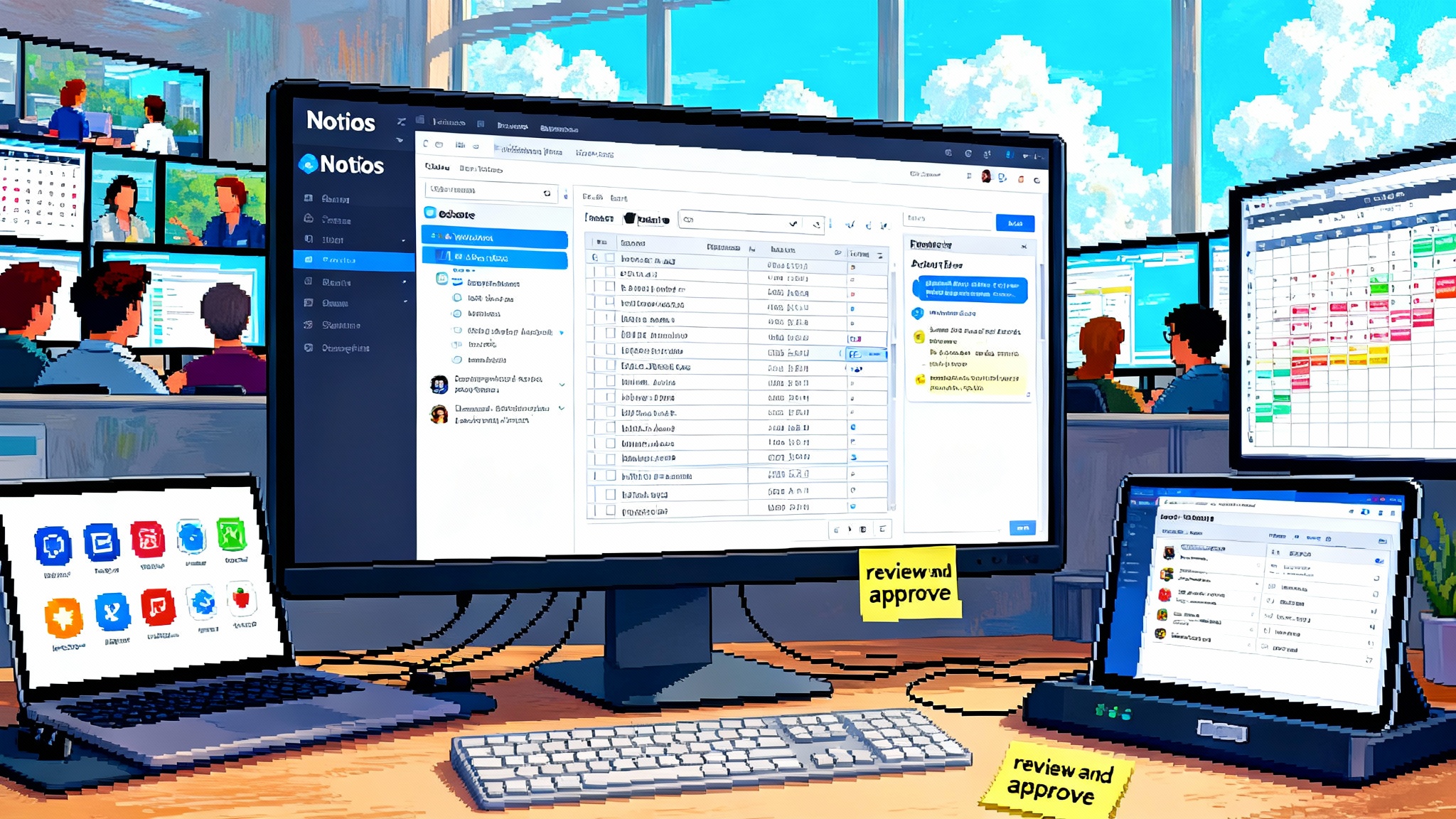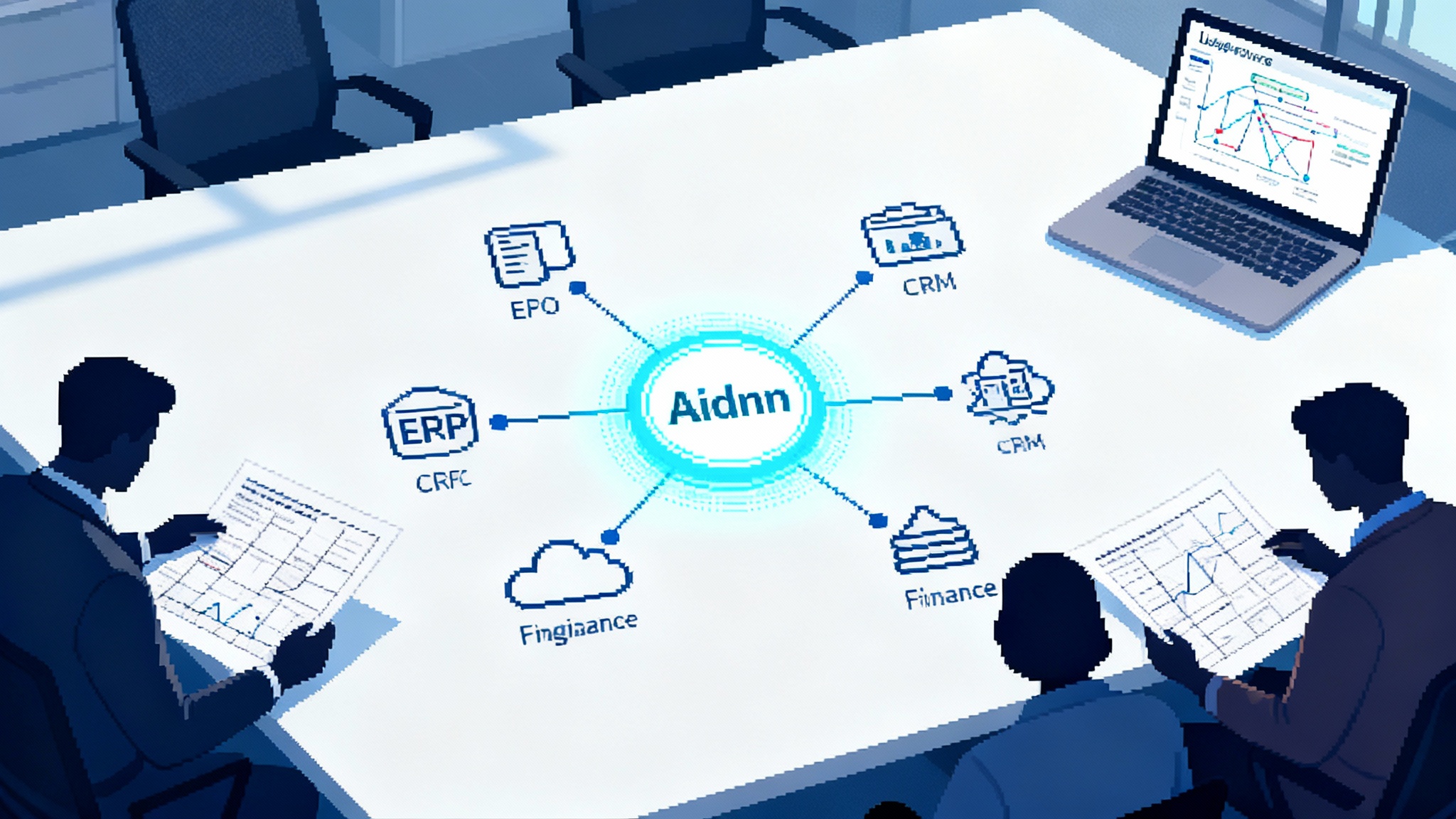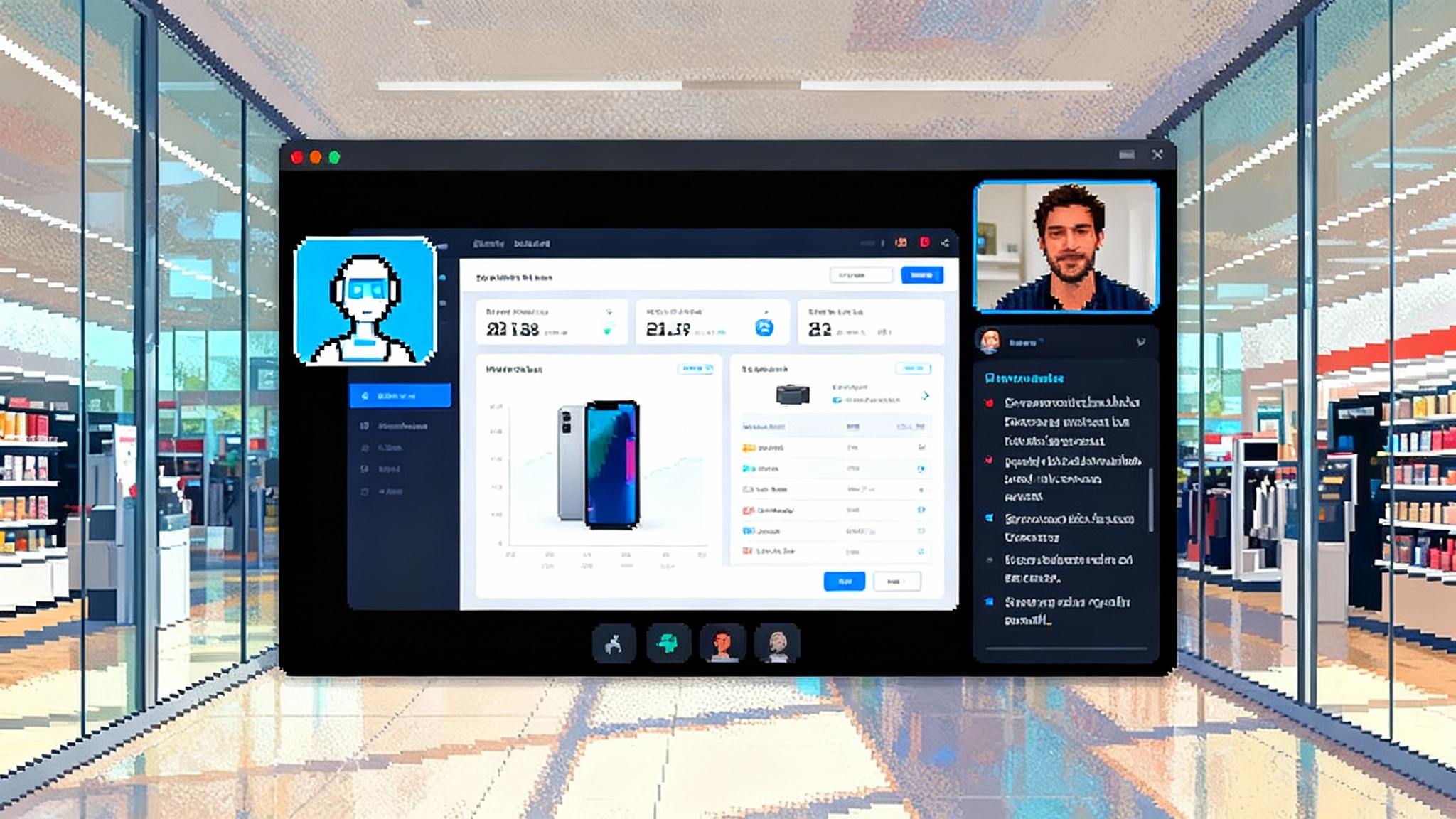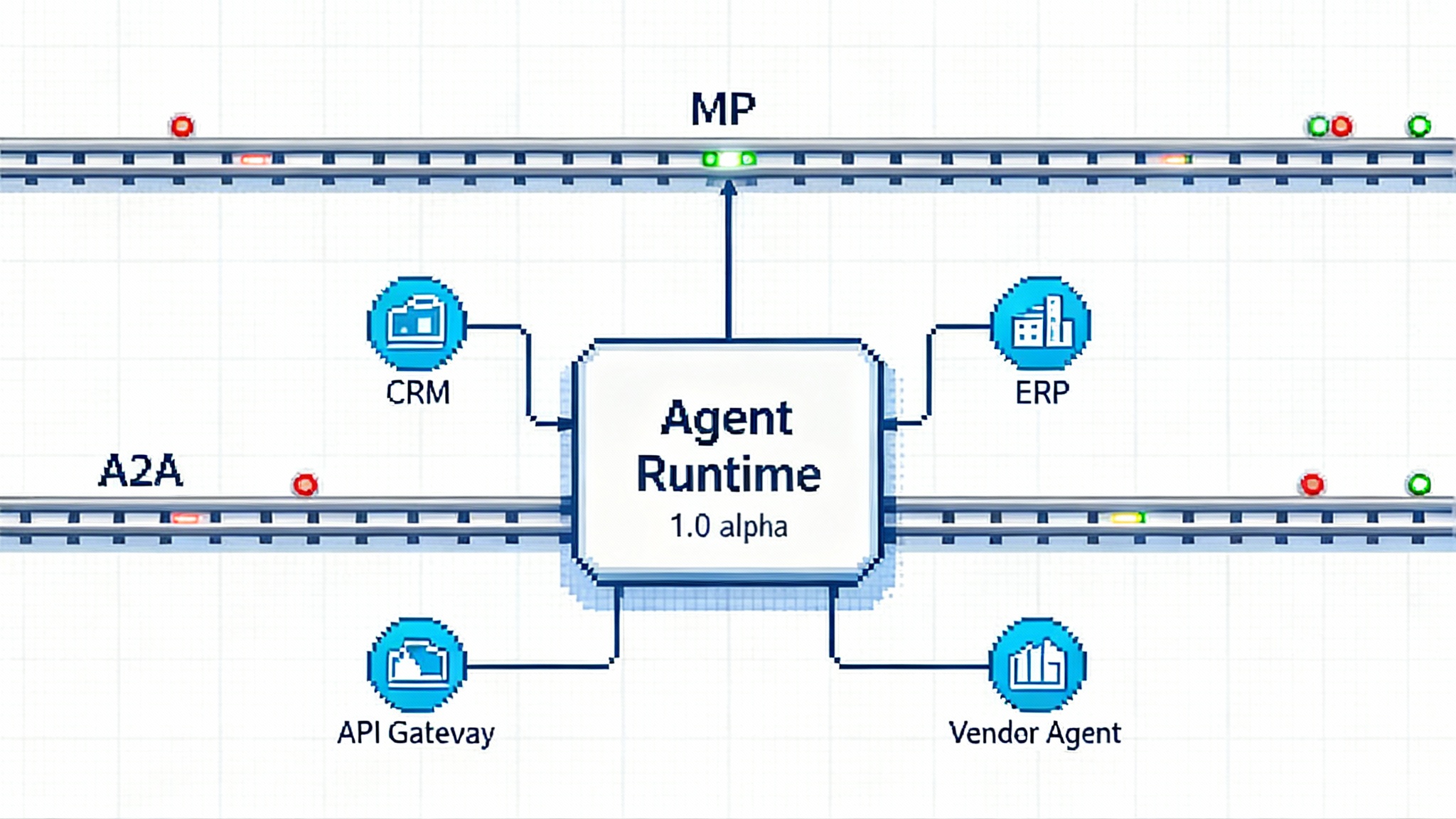Notion’s Agent makes suites the fastest on-ramp for AI
On September 18, 2025, Notion turned its workspace into an AI agent platform. The launch shows why suite-native agents will outrun OS and browser bots by tapping built-in context, permissions, and action hooks.

Breaking: agents move into your work hub
On September 18, 2025, Notion launched Notion 3.0 and introduced workspace agents that can plan, create, and update pages and databases across entire teams. Notion says these agents can run multi-step jobs for up to 20 minutes, pull context from your workspace and connected tools, and respect existing permissions as they act. If you want the specific scope, see the Notion 3.0 release notes. The launch is notable not only for its technical shape but also for its timing and scale. CNBC reported that Notion crossed a major revenue milestone and tied enterprise demand to these AI capabilities. Read the CNBC report on revenue milestone for additional business context.
The core takeaway is simple. The fastest path to real adoption is inside the suite where work already lives. Browser and operating system agents promise neutrality across many tools. Suite agents trade neutrality for depth. In 2025, depth is winning because it converts curiosity into outcomes you can audit.
Why suite-native agents are pulling ahead
Think about three ingredients that make an agent useful at work: instant context, trusted permissions, and workflow hooks. Productivity suites deliver all three on day one.
Instant context
An operating system or browser agent often starts from a blank room. It must discover where work happens, ask for access to multiple apps, and stitch a plan from scattered clues. A suite-native agent starts in the kitchen with labeled shelves. It knows which database holds the roadmap, which page contains the messaging, and which view tracks the sprint. That proximity collapses the time between request and result.
Concrete example: a product marketing manager asks the agent to assemble a launch plan by Monday. Inside the suite, the agent can reference the messaging document, pull any tasks already tagged for the launch, open a calendar with milestones, and tag owners with due dates. No scraping. No copy paste. No duplicate memory. It simply reads and writes where the work already is.
Trusted permissions
Enterprises do not adopt tools that ignore least privilege. When an operating system agent opens files or sends emails, administrators must re-teach it every boundary. Inside a suite, the agent inherits the workspace’s permissions. If you cannot see a database, neither can it. If a page is restricted to Legal, the agent’s access is scoped the same way. That alignment removes the scariest class of error: an agent doing the right thing in the wrong place.
Workflow hooks
Work is rarely a single action. It is a chain of triggers, updates, comments, approvals, and follow-ups. Suites ship with built-in hooks for those chains: templates, automations, comments, required fields, and database actions. An agent that can attach itself to these hooks does more than draft text. It can open a task, assign it, populate required fields, start a review, and close the loop so humans see the change where they already look.
Combine the three and you get a speed advantage that generic agents cannot easily match. You do not need new identity, new access policies, or new habits. The agent uses the company’s existing spine.
What Notion 3.0 actually changed
Notion’s announcement was not just a chat box in the corner. It came with capabilities that telegraph what suite-native agents will look like at scale:
- Multi-step actions with budgets. Agents can run complex jobs for up to 20 minutes. That window covers real workflows like compiling a competitor brief, updating each affected task, and preparing a review doc.
- Memory as first-class workspace objects. Instructions and memory live on pages that users can read and edit. Tacit preferences turn into explicit, auditable settings. You can teach the agent your writing style, the correct sources, and filing rules, then adjust those instructions later.
- Database-level operations. The agent can create hundreds of pages, update properties, and modify views. That moves it from assistant to operator.
- Connectors that honor permissions. The agent can look into Slack threads, Google Drive folders, GitHub issues, and the web, but only within what the requesting user is allowed to see.
- Administrative visibility. Because instructions, memory, and actions live inside the workspace, administrators can review what an agent did, where, and why.
The business backdrop matters too. Notion’s growth into a large enterprise vendor shows that suite-native AI is not a toy. It is a revenue driver that makes the suite stickier and shortens time to value in pilots.
Suite versus system: a practical scorecard
Here is how the competition shakes out today.
- Identity and permissions. Suites inherit company roles and group sharing. System or browser agents must recreate this from scratch through pop-ups and token stores. Advantage: suite.
- Context quality. Suites can query structured databases, documents, and comments with stable identifiers. System or browser agents often rely on scraping and inconsistent file naming. Advantage: suite.
- Hooks to act. Suites expose first-party automations, templates, and action APIs. System or browser agents depend on brittle scripting or third-party extensions. Advantage: suite.
- Observability. Suites can log actions by page and database, which makes postmortems possible. System or browser agents may not have a shared event log. Advantage: suite.
- Neutrality. System or browser agents promise to work across tools, which is attractive for heterogeneous stacks. They pay for neutrality with shallow context and limited writes. Advantage: undecided, but suites look strong in the near term.
None of this means system agents will lose. It means they are better at spanning many tools lightly, while suite agents go deep inside one. For real work right now, depth often beats breadth.
The platform map you should expect
Three coalitions are hardening in 2025.
-
The suite-native camp. Notion is a clear flagship. Microsoft is pushing Copilot inside Microsoft 365. Google is evolving Gemini inside Workspace. Each will expand action budgets, memory, and connectors.
-
The operating system camp. System-level agents aim to unify actions across apps and devices. They will shine when a task touches many vendors lightly, especially on personal devices.
-
The vertical cloud camp. Companies like Salesforce, ServiceNow, and Atlassian will frame agents as domain specialists that understand objects like cases, incidents, and issues.
The lesson for startups is not to pick a single winner. It is to design for a world where suite agents are the shortest path to adoption, while buyers still ask for some cross-suite coverage.
What startups should build now
There are three positioning moves that make sense immediately.
1) Build atop suite APIs
Treat leading suites as the distribution layer. If your agent delivers value where people already work, you inherit their permissions model, identity provider, and event architecture. That can remove months of security and procurement friction.
Practical steps:
- Start with one suite. Choose Notion, Microsoft 365, or Google Workspace based on your first five design partners. Go deep before you go wide. For inspiration on structured action depth, see how the database-native agent era is unfolding.
- Enumerate the actions that close loops. Reading is not enough. Identify the three write actions that move outcomes in your vertical. Examples: create tasks with all required properties, update database rows with validated values, and start an approval workflow.
- Build event-driven behavior. Subscribe to page changes, database updates, and comments. Make your agent react to the signals users already generate.
- Respect and mirror permissions. Always check access before reading or writing. Log every action with the actor, object, and reason. Treat audits as a product feature, not a chore.
- Align with emerging tool contracts. Where suites expose standardized tool interfaces, such as the Model Context Protocol, map your functions into those contracts so your agent remains pluggable as the platform matures.
2) Own the data and quality layer
Everyone will access similar language models. Your durable edge comes from data quality, evaluation, and reliability.
Build three assets:
- A private corpus that compounds. Collect cleaned exemplars, schemas, prompts, and checklists from real workflows. Normalize them into structured objects you can reuse.
- An evaluation harness. Create scenario libraries with input pages, expected actions, and acceptance criteria. Run them nightly against your agent. Track precision on actions taken, not just text quality.
- A feedback flywheel. Instrument every agent action with a reversible switch. When a user corrects an action, capture the diff and reason, then convert it into a new test for the harness. Iterate weekly. Publish reliability scores to customers.
Tactics that help:
- Use structured outputs for high-risk writes. If your agent updates a database, force it to produce a typed diff that validates before applying.
- Separate fact finding from action. Have the agent propose an action plan, validate it against policies, and then execute. Keep the three steps visible in the log.
- Design for graceful failure. If the agent cannot guarantee a safe write, fall back to a draft or a human approval. Make the approval a single click inside the suite.
3) Carve vertical agents that do real work now
Generic agents make fun demos. Vertical agents pay invoices. Here are examples you could ship in 90 days:
- Revenue operations agent. Inside a suite, consume discovery notes, create a repeatable qualification checklist, update deal health, and trigger a weekly summary with flags mapped to real pipeline stages.
- Product operations agent. Read customer feedback pages, tag with a controlled vocabulary, create prioritized epics with acceptance criteria, and open tasks with the correct template. Link each task back to the original feedback object.
- Clinical research agent. Parse protocol updates, propagate required changes to study trackers, and draft deviation reports for coordinator approval. Restrict actions to the specific database and log every field change for compliance.
- Field service agent. Summarize work orders from photos and notes, schedule follow-ups, and open parts requests with validated fields. Constrain actions to forms with preset options.
The pattern is consistent: choose one workflow with clear inputs and outputs, define narrowly scoped actions the suite can validate, then prove that the agent closes loops without creating messes.
Guardrails that calm buyers and speed adoption
Security and reliability will make or break your pilot. Bring these controls as defaults, not add-ons. For a deeper dive on risk posture, review our write-up on agent-native security patterns.
- Permission mirroring. Always operate as the requesting user unless an administrator delegates a service role. Display the actor on every change.
- Dry runs and staged rollout. Provide a mode that writes drafts into a sandbox database so teams can watch agent behavior before promoting it to production.
- Policy checks before writes. Validate destination, field types, required properties, and data classification. If a policy fails, block the action and explain the reason in plain language.
- Approval workflows. For high-risk actions, route through an existing approval template. Keep approvals inside the suite so they become part of the audit trail.
- Rate limiting and backoff. Suites will throttle. Build an exponential backoff strategy and retry queues so scheduled work completes even under load.
- Observability by default. Ship an activity log with filters for actor, object, and action type. Let administrators export logs into their preferred review tools.
A two-week playbook to test the thesis
If you want to prove to your team that suite-native beats system-first, run this controlled experiment.
Week 1
- Pick one suite and one vertical workflow. Do not mix contexts during the pilot.
- Define the three actions that close loops. Write them as contracts with input types and acceptance criteria.
- Connect to events and permissions. Subscribe to changes and enforce checks at read and write time. Build a telemetry panel that shows every agent read and write in real time.
- Assemble a gold dataset of 25 tasks. Each task should have an expected outcome and a pre-agreed acceptance test.
Week 2
- Ship a closed beta to three design partners. Keep the workflow and actions narrow.
- Measure the right outcomes. Track time to completion versus human baseline, successful writes without manual correction, and number of approvals required.
- Iterate daily. Any correction becomes a new test case in the harness. End the week with a reliability scorecard and a decision to expand or refine.
Success criteria
- At least 70 percent of tasks close without human edits.
- Median time to completion drops by 50 percent.
- No permission violations and zero writes outside the intended databases.
Hit those numbers with one workflow, then repeat for the next one. You will have a wedge into adoption that translates into revenue rather than demo clicks.
What this means for buyers
If you are evaluating agents for your team, run the pilot inside your suite as quickly as possible. The test should not be a demo video or a stand-alone chat app. It should be an end-to-end run inside your actual workspace with your permissions and your hooks. Ask vendors to log every action and to fail safely. Require a rollback plan. Make approval workflows mandatory for the first month.
Procurement will move faster when the agent operates inside the suite’s trust boundary. Legal will be calmer, security will have clearer logs, and end users will see value in their daily tools rather than a separate tab. If your stack is browser heavy, study how a local-first agent in the browser complements suite-centric pilots without compromising depth.
The bottom line
Notion’s launch reframes the agent as a teammate that acts where work already lives. Inside a suite, an agent benefits from instant context, inherited permissions, and built-in workflow hooks. That combination turns artificial intelligence from a clever writer into a reliable operator.
Startups that lean into this reality will move faster and sell sooner. Build on the suites. Own the data and the quality bar. Deliver vertical agents that close loops right now. While the platform wars play out, this is how you turn the excitement around agents into durable revenue.








